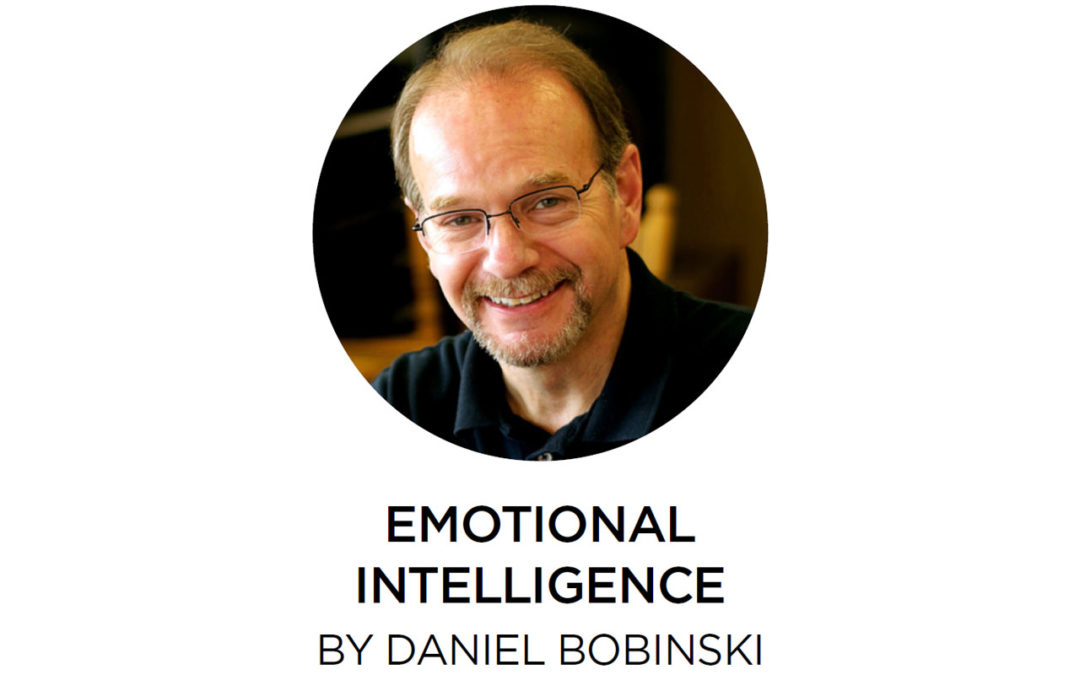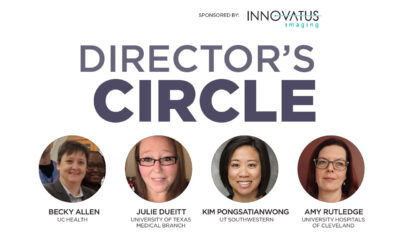This is the third in a four-part series on conflict resolution.
In my first column on this subject I wrote about the five universal fears and how they get in the way of conflict resolution. The second column reviewed the need for good listening.
In this column I’ll go over the five steps for resolving conflict. I call this method the Relationship Ladder, and it works wonderfully – if the five steps are done in order.
As a quick side note, this ladder works everywhere, both at work and in your personal life.
The five steps
The five steps of this ladder are:
- Focus on the other person
- Seek to learn if you understood
- Look for trust
- Gently discover the truth
- Establish hope
My last column (on listening) outlined the first two steps of the ladder; focusing on the other person, and then seeking to learn if what you perceived is correct.
By way of quick review, the first step is a non-speaking step. You’re simply asking yourself, “What is the other person thinking?” and, “What is the person feeling?”
Is the person frustrated? Concerned? Thrilled? Disappointed? Identifying a problem? Is the person describing a solution to a problem? Expecting a particular action? Looking for help? Relaying information? The idea is to look past the words and strive to understand where the person is, both positionally (cognitively) and emotionally.
Step 2 in the ladder prevents you from acting on assumptions. I found the best way to do Step 2 is by asking questions, such as, “If I understand you correctly, you’re concerned about the deadline?” By seeking confirmation, you’re allowing the person to say, “Yes, that’s it,” or, “No, not quite.”
If the person says, “No, not quite,” ask the person to clarify and start Step 1 all over again.
Some folks call these steps, “active listening,” and that’s exactly what it is. People can tell whether you’re truly listening or just going through the motions. True listening means paying attention to the entire person. Bonus: doing so builds trust, which is necessary for moving forward. The key to success in Step 2 is to communicate your understanding without criticism or judgement.
The danger of “I understand”
In Step 2, be careful not to say, “I understand,” and “I know how you feel.” First, such phrases place the focus back on you, which violates Step 1. Second, people often have deep feelings and experiences you know nothing about, so you can never truly understand. Therefore, just saying, “I understand,” doesn’t mean it’s true. The other person can doubt you, and that doesn’t help with Step 3.
Step 3: Look for Trust
Why must we look for trust? When disagreements and tension exist, people tend to have their guard up. They’re often experiencing the fears I outlined in Conflict Resolution 101: fear of criticism, failure, rejection, not getting what they want, or losing what they have.
Quite often, people’s past actions have contributed in some fashion to the problem(s) being discussed. Not always, but it happens. Since Step 4 has to do with discovering the truth of a situation and Step 5 is about finding a solution, people first need to be a bit vulnerable, but they won’t go there unless they feel safe.
How do you create a safe environment? You do Steps 1 and 2 without judgement.
Like Step 1, Step 3 is a non-speaking step. You simply watch for signs of trust. Why is this important? Think of the oft-quoted axiom, “People don’t care how much you know until they know how much you care.”
What are signs of trust? Commonly I look for people relaxing their voice or body posture. They may drop their shoulders, unfold their arms or sit back in a chair. Often you can just sense it. Another sign of trust is when a person takes a deep breath. These signs of trust are like an open gate. If you see them, the gate is open to move to Step 4. If you don’t see trust, stay with Steps 1 and 2.
Step 4: Gently Discover the Truth
In Step 4, notice the adverb, “gently.” If you jump too fast into discussing the truth of a matter, people often put their guard up again. I find it’s easy to move into the truth of a matter by asking questions, such as, “What do you think is really going on here?” Let the other person speak first while you use the same active listening skills from Steps 1 and 2. You probably have an opinion you want to share, but I strongly recommend waiting. Follow the order of events outlined in Stephen Covey’s fifth habit: Seek first to understand, then be understood.
Also, in Step 4, remember to keep the conversation focused on the present or the past. Do not discuss the future. Neither you nor the other person should be trying to fix anything yet, just keep the conversation focused on the truth of what has led up to the present situation.
Step 5: Establish Hope
This last step is about creating a plan to move forward. Whereas Steps 1-4 have to do with the past, Step 5 is about finding a solution. Again, practice Covey’s fifth habit: Seek first to understand, then be understood, and do this by asking a question, such as, “What do you think we should do fix this?” As before, you may have ideas, too, but hear theirs first. One successful technique is not locking into a permanent solution. Sometimes it’s better to enact solutions on a trial basis, such as for two or three months.
Other resources
If you’d like to see the Relationship Ladder explained with more detail, I invite you to view a 15-minute video I created in which I explain the five universal fears, the listening sins, and the five steps Relationship Ladder. Next month I will provide some real-life examples of how this tool has proven itself in resolving conflict.
https://pediaa.com/difference-between-fear-and-phobia/
https://www.verywellmind.com/theories-on-the-development-of-phobias-2671514
https://www.psychologytoday.com/us/blog/brainsnacks/201203/the-only-5-fears-we-all-share
http://www.unexplainedstuff.com/Mysteries-of-the-Mind/Phobias.html
http://www.jkennon.com/discipleship/5-universal-fears/
Fear of Criticism
https://www.inc.com/scott-mautz/science-says-were-wired-to-fear-criticism-so-fix-it-with-these-6-tips.html
Fear of Failure
Fear of Rejection
https://psychcentral.com/blog/deconstructing-the-fear-of-rejection-what-are-we-really-afraid-of/
https://stpauls.vxcommunity.com/Issue/Us-Experiment-On-Infants-Withholding-Affection/13213
– Daniel Bobinski, M.Ed. is a best-selling author and a popular speaker at conferences and retreats. For more than 30 years he’s been working with teams and individuals (1:1 coaching) to help them achieve excellence. He was also teaching Emotional Intelligence since before it was a thing. Reach Daniel on his office phone, (208) 375-7606, or through his website, www.MyWorkplaceExcellence.com.




 By
By 



